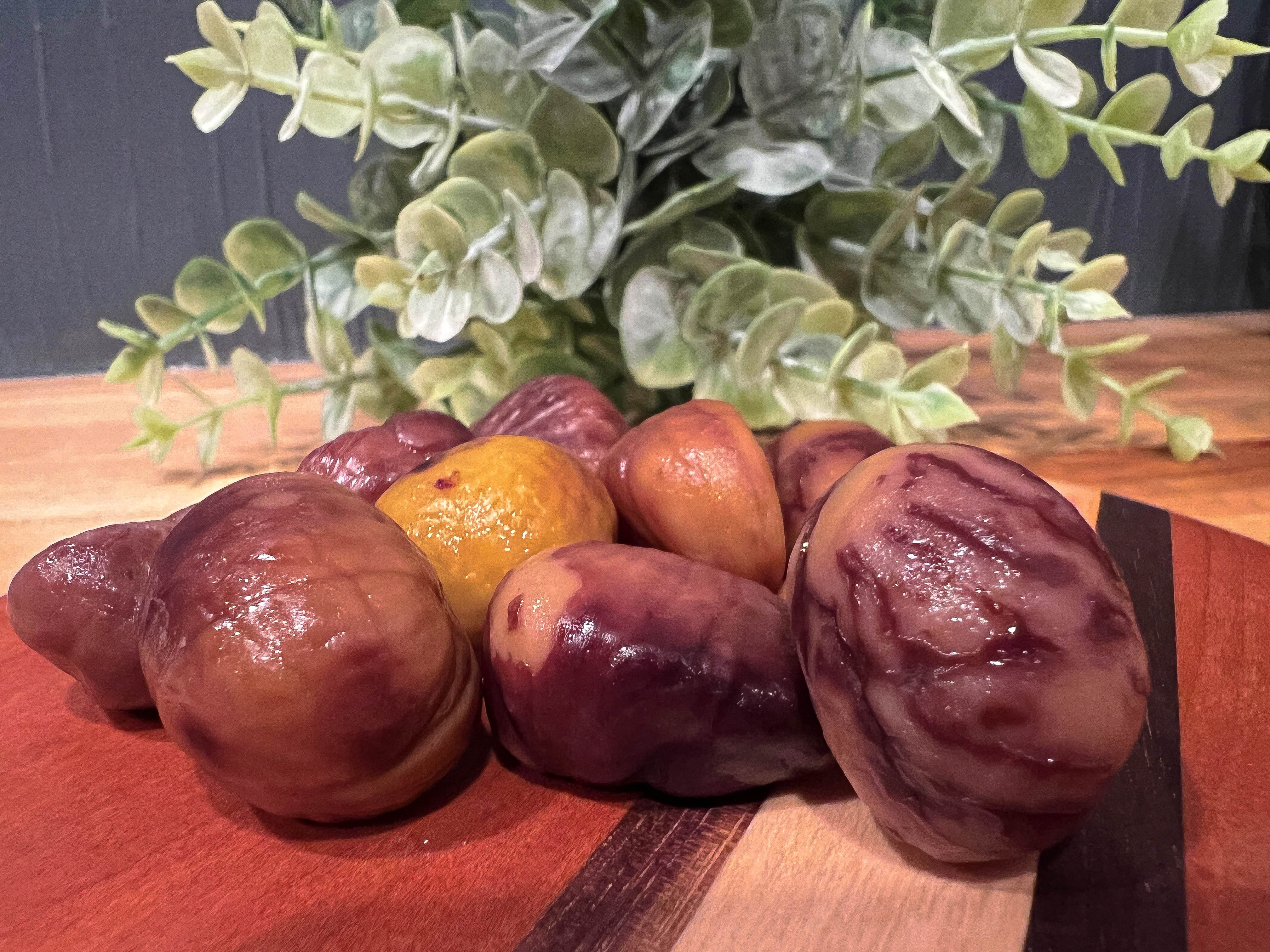
Here's my latest column for the Charleston Gazette-Mail:
You’ve probably heard of “chestnuts roasting over an open fire,” and of a chestnut-colored furniture piece. But, have you ever actually tasted an American chestnut? If you’re younger than age 50, the answer is likely no.
That is because despite the chestnut’s lingering presence in our cultural history, it has been “functionally extinct” for decades — which means that while the species still survives, it cannot reproduce.
More than a century ago, nearly 4 billion American chestnut (castanea dentata) trees were growing in the eastern U.S., according to The American Chestnut Foundation. They were not only a crucial part of the ecosystem, but the chestnuts were also a food source for indigenous people and European-Americans, as well as livestock.
Chestnuts are edible both raw or cooked and have a mild flavor that lends itself to both sweet and savory dishes. When they are cooked, they take on a soft texture and a slightly sweet and buttery flavor that is fairly mild. They are sometimes compared to sweet potatoes and can be used in soups or stews. Or, they can be used in stuffings or simmered in sugar. They can even be made into flour that can be used for baked goods, pastas and more.
That is, if you can find them.
Within the past 50 years, the American Chestnut has mostly disappeared due to the effects of blight. In 1904, an invasive, airborne fungus was accidentally introduced in New York City and spread to the Appalachian Mountains. Chestnut blight devastated the species.
“Today, there are fewer than 1,000 American chestnut trees, largely in isolated areas outside of the tree’s historical range in the eastern half of the United States, along the Appalachian mountain ridge and throughout New England,” according to researchers at Penn State University.
The Appalachian Trail runs right through the heart of the chestnut’s historic range, so some chestnut trees can still be found in the area. And there are organizations working to develop a blight-resistant chestnut tree to help restore the population. But, otherwise, most of the chestnuts we may find in supermarkets here are imported from China, Italy or Korea.
So, if you’re able to get your hands on this piece of Appalachian edible history, be sure to try them with one of the recipes here. Enjoy a bite of the past, which can hopefully return in the future.
All work property of Candace Nelson. Powered by Blogger.


0 comments